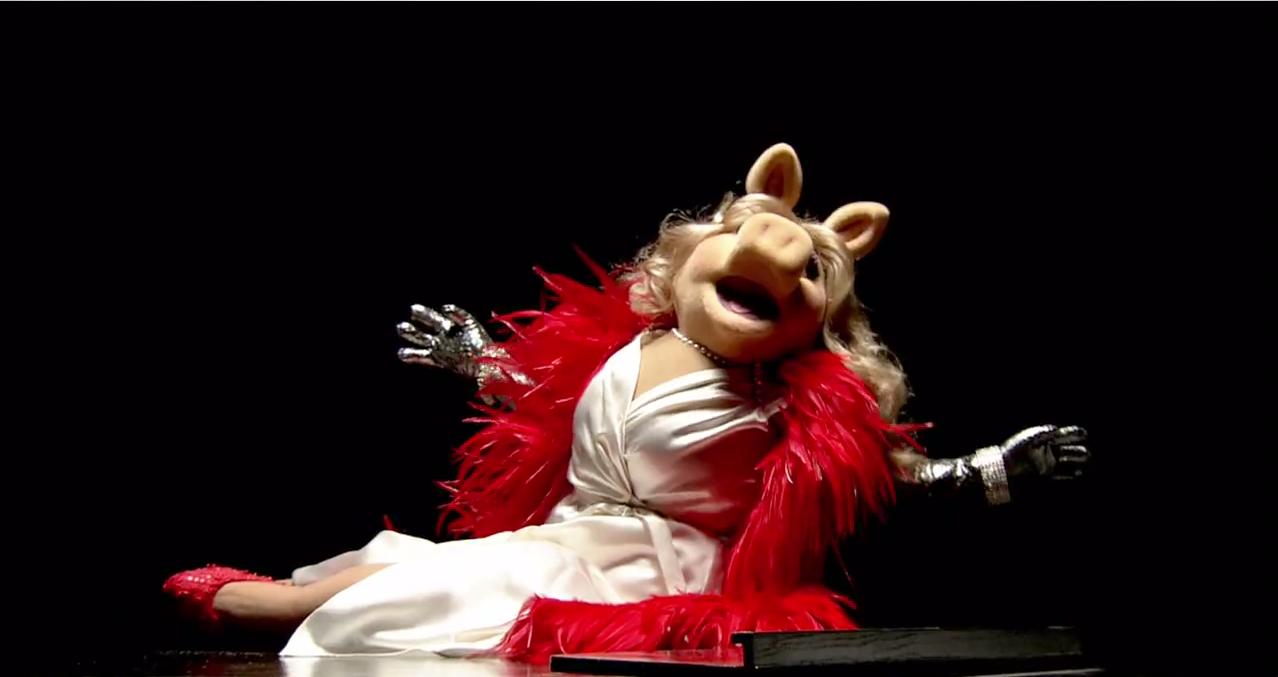This multiplication of flesh and capital, however, created mating problems for animals and humans alike. Intensive hog breeding methods meant an increasing ratio of sows to boars, eventually reaching 20 to 1 by 1900. As boars impregnated a growing population of sows, breeders needed to breed older “prolific” boars that outweighed young sows by a factor of two or three. Mating of this sort could seriously injure the sow, as her body was crushed beneath the half-ton bulk of a great, aged sire. In pasture, or even confined in the yard, young sows, fleet of hoof, fled boars or lay on their sides to make penetration impossible. To address this, breeders devised a box with an internal system of bars and levers: the breeding crate. The crate confined the sow during service and forced her to stand upright. The bars and levers, meanwhile, supported the weight of the boar and prevented injury to the sow. One breeder recommended, “give the boar every assistance you can so that he will make a good and satisfactory service.” And, indeed, if the boar, awkwardly suspended above the sow, could not penetrate her, the breeder would literally lend a hand.
By 1930, American hog breeders used breeding crates even when there was no disparity of size. Expert advice in magazines, newspapers, and extension bulletins urged readers to adopt this technology for all hog services. Experts cited at least two reasons. First, the crate permitted optimal control over the timing and circumstances of mating and it allowed the breeder certainty about whether or not the service had actually been completed. Second, hogs needed to be educated in use of the crate. Boars accustomed to crate breeding at a young age were more compliant about entering the crate when they were older. An aged boar unaccustomed to the crate might violently resist, circumstances, in turn, that ruined hog erections.
Given the financial stakes, breeders were attached to hog erections, as well as to the porcine desire that sustained them. To keep boars in the mood, experts prescribed gentle treatment of the boar before and during service, and they concocted complicated dietary and exercise regimens. Breeders believed Damiana, an exotic shrub, stimulated swine libido and they generously doped their boars with its extract. Reflecting and producing the idea that female bodies were passive receptacles for male desire, breeders worried little about the sow’s comfort or desire during service. Sows were forcefully driven into crates where they received sexual violence that they might have otherwise fled or resisted. Intensive breeding created a context in which human breeders both systematized sexual violence and labored to efficiently arouse the desire of male animals.
Read more | "Where are animals in the history of sexuality?" | Gabriel Rosenberg | Notches
